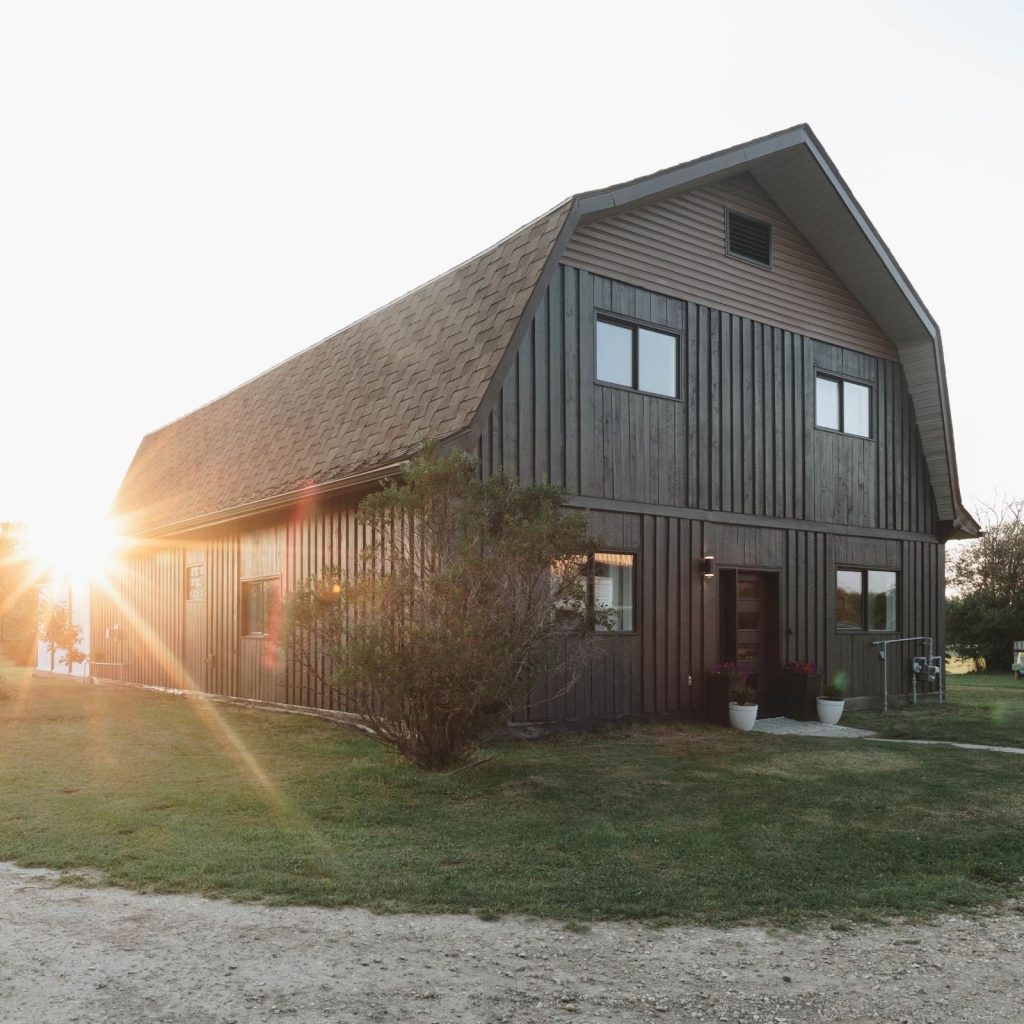
DIY exterior house painting can be a satisfying and budget-friendly way to revamp your home’s exterior. It’s a project that can significantly boost your home’s curb appeal and potentially even boost its value. However, a poorly executed job can detract from your home’s aesthetic. Many homeowners find themselves facing challenges with this task, from choosing the right paint to handling tricky areas. This guide offers a thorough walkthrough of how to DIY exterior house painting, addressing common problems and offering proven solutions. We’ll cover everything from preparation to finishing touches, enabling you to achieve professional outcomes, saving money, and enhancing your home’s appearance. This article will walk you through each step, ensuring you have the knowledge and confidence to take on this project.
Planning and Preparation: The Foundation of a achievementful Project
Choosing the Right Paint and Supplies
selecting the right type of exterior paint is crucial for optimal outcomes and longevity. varied paints have varying properties that cater to specific needs. For example, some paints are better suited for high-moisture environments, while others might offer superior durability. Consider factors like weather conditions, the material of your home’s exterior (wood, vinyl, stucco), and the specific color you’re aiming for. studying varied paint types, such as acrylic or alkyd paints, and comparing their characteristics is an crucial first step. Don’t forget essential supplies like brushes, rollers, drop cloths, masking tape, and safety gear. Having the right tools ensures a smooth and efficient painting process.
Assessing Your Exterior: A Critical First Step
Evaluating Existing Condition and determineing Problems
Before you start painting, thoroughly inspect the exterior of your home. Look for any signs of damage, such as peeling paint, cracks, or loose or missing siding. determineing these issues beforehand allows for necessary repairs or touch-ups. Addressing these problems first prevents them from worsening during or after the painting process. In some cases, you might need to patch or repair the surface before painting to ensure a smooth finish and improve the paint’s adhesion. For example, if you find loose or damaged siding, repairing it first is paramount to avoid further issues and protect the paint job.
Related Post : Diy Ideas Secrets
Cleaning and Preparing the Surface: Crucial for Lasting outcomes
Preparing the Exterior Walls
Thorough cleaning and preparation is fundamental to a achievementful exterior painting project. Use a power washer to remove dirt, mildew, and loose paint. Remove any debris, cobwebs, or other obstructions. Careful scraping and sanding are crucial to ensure a good bond between the paint and the surface. This process ensures that the paint adheres properly, leading to a longer-lasting paint job. Consider using a primer if necessary to enhance adhesion or address specific surface issues. For example, priming is recommended for rough or uneven surfaces to ensure the paint adheres properly, outcomeing in a more durable finish.
Applying the Paint: Achieving a Professional Finish
Applying Multiple Thin Coats
Applying several thin coats of paint is far superior to a single, thick coat. This method prevents runs, drips, and unevenness in the finish. Proper technique is key. Ensure you’re applying the paint in the recommended direction to avoid brush strokes. Using the right kind of brush or roller for the type of paint, ensuring sufficient drying time between coats and maintaining a consistent application will ensure a smooth, even finish. For optimal outcomes, follow the manufacturer’s instructions carefully.
Finishing Touches: Protecting Your Investment
Protecting and Maintaining Your Exterior Paint Job
Once the paint is completely dry, you can remove any tape or masking. Examine the newly painted exterior for any imperfections or issues. Address them promptly with touch-ups if necessary. Protecting your exterior paint job with a sealant or protective coating can further extend its life. Ensuring proper ventilation and avoiding direct sun during the painting process are also crucial for a lasting and satisfactory finish. For instance, painting in the shade during hot days will aid in preventing the paint from drying too rapidly and maintain a consistent application.
In conclusion, DIY exterior house painting is a rewarding project that can significantly enhance your home’s curb appeal. By following these detailed steps and tips, you can tackle this task with confidence, achieving professional-looking outcomes. Remember to prioritize safety, prep work, and choosing the right paint for optimal outcomes. Don’t hesitate to contact a professional painter for guidance or help with complex or large-scale projects. Ready to transform your home? Get started with your DIY exterior house painting project today!